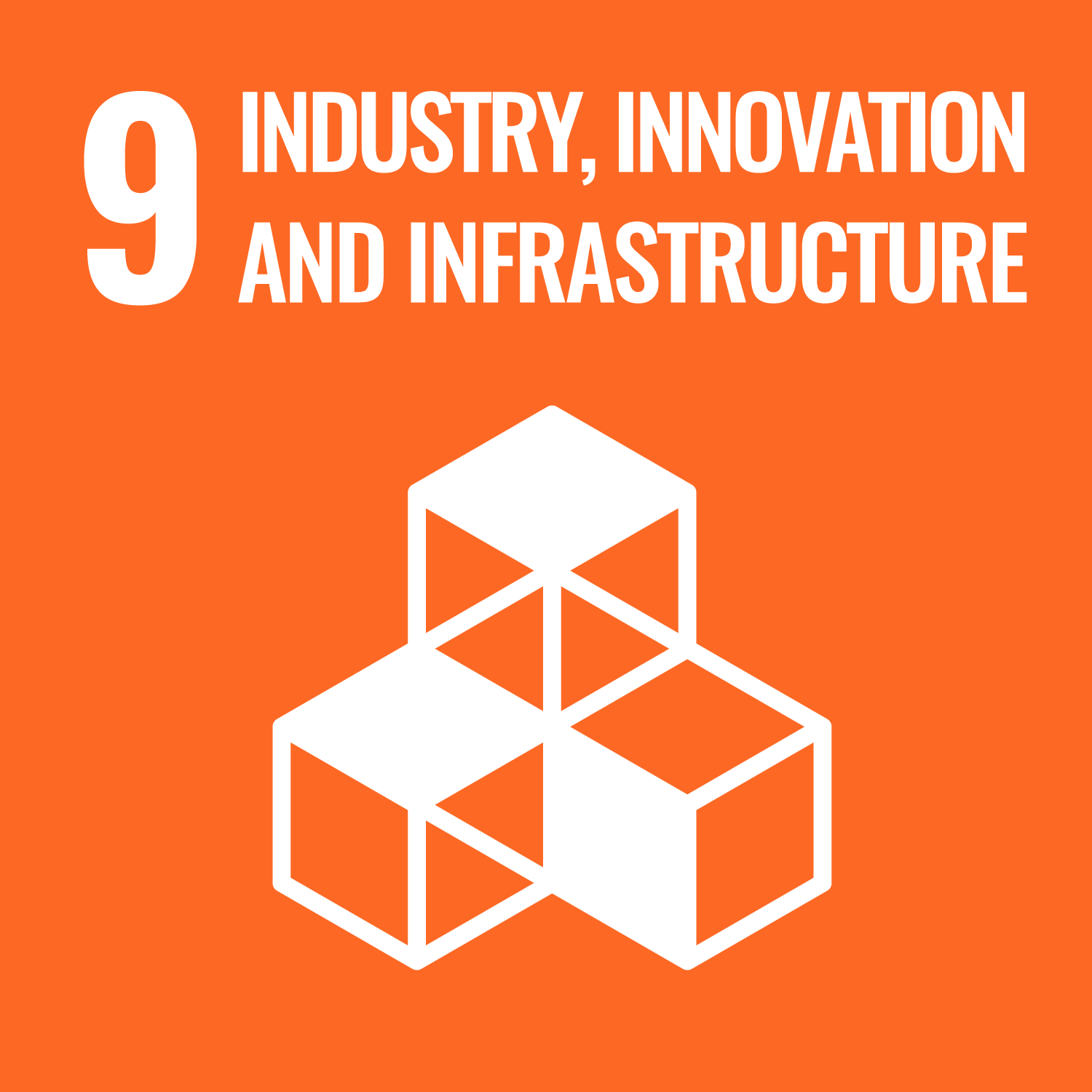ORCID
- J Summerscales: 0000-0002-3557-0404
Abstract
There is increasing interest across the range of composites manufacturing processes for cost reduction with a current focus on out-of-autoclave (OOA) processes. However, for the highest performance composites, the maximum fibre volume fraction is limited by the compressibility characteristics of the reinforcement. For any specific reinforcement, vacuum-only processes cannot achieve fibre contents as high when additional external pressure is applied. Compression moulding in a hydraulic press creates limited compaction perpendicular to the line of action of the press. The autoclave is good for complex three-dimensional components. Autoclave processes normally use pre-impregnated reinforcements with a premium price for the impregnation process and the associated quality issues. The use of dry reinforcements infused with liquid resins should lead to significant cost reductions. This paper considers the optimisation of autoclave cure for resin-infused composites and extends an earlier feasibility study for composite plates referenced to equivalent systems manufactured by hand-lamination, or by resin infusion without autoclave cure. Consolidation at 5.9 bar lead to an additional 8.4% (thickness method) or 8.6% (burnoff) fibre volume fraction. In turn, the flexural modulus was increased by 39% and the flexural strength was increased by 20% relative to vacuum-only cured composites.
Publication Date
2017-01-01
Publication Title
ICCM International Conferences on Composite Materials
Creative Commons License

This work is licensed under a Creative Commons Attribution-NonCommercial-Share Alike 4.0 International License.
Recommended Citation
Wilkinson, R., Cullen, R., & Summerscales, J. (2017) 'Curing resin infused composites in the autoclave', ICCM International Conferences on Composite Materials, . Retrieved from https://pearl.plymouth.ac.uk/secam-research/732


